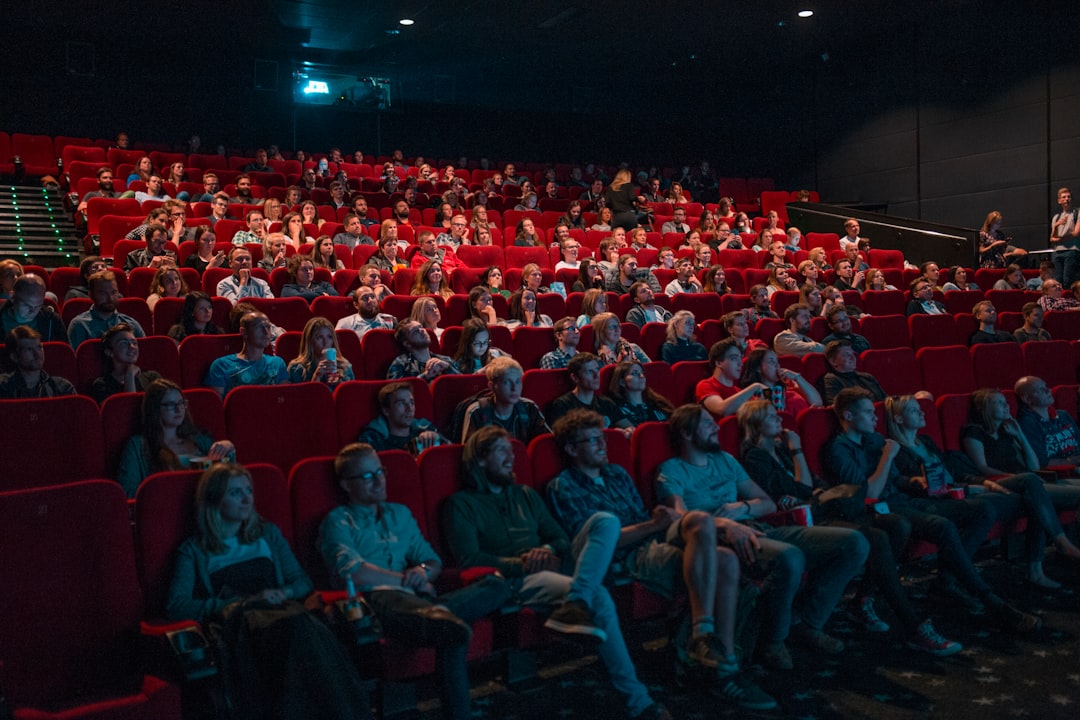What is it about?
The transformation of the Norwegian broadcasting corporation, NRK, and the Church of Norway is analyzed in a 40 years perspective with teories of mediatization and secularization.
Featured Image
Why is it important?
Public service institutions play important roles in welfare states, like Norway, and thus to citizens in such countries. The article tries to capture tensions over the societal role of the public service broadcaster and the majority church.
Perspectives
This article goes back to an early work of mine, from the 1970s, on how secularization became visible through programmes on church and religion in monopoly public service broadcasters in the Nordic countries. This article traces how the majority church and the public service broadcaster both were transformed through their involvement in the changing media landscape, thus drawing upon mediatization theory, which is another scholarly interest of mine.
Professor emeritus Knut Lundby
University of Oslo
Read the Original
This page is a summary of: Mediatization and secularization: transformations of public service institutions – the case of Norway, Media Culture & Society, November 2015, SAGE Publications,
DOI: 10.1177/0163443715615414.
You can read the full text:
Contributors
The following have contributed to this page










